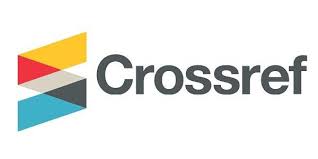Bi-parametric Similarity Measures for Complex Hesitant Fuzzy Sets with Applications to Pattern Recognition and Medical Diagnosis
DOI:
https://doi.org/10.59543/comdem.v2i.13493Keywords:
Similarity and Distance Measures, Medical Diagnosis, Pattern recognitionAbstract
The complex hesitant fuzzy sets which are the extension of hesitant fuzzy sets can incorporate Tamir’s complex fuzzy environment which makes them more appropriate to model the uncertainty and vagueness involved in real-life problems. Some of the traditional similarity measures may not capture all the information contained in the hesitant fuzzy set since such measures are often simple in handling fuzzy information. This study aims to propose new similarity measures under the notion of complex hesitant fuzzy sets. Moreover, we have delivered similarity measures and weighted similarity measures for Tamir’s complex fuzzy set, hesitant fuzzy set, and complex hesitant fuzzy set for a better and more accurate comparison. It also reveals the advantages of the proposed measure over existing methods through mathematical derivation and theoretical analysis. New similarity measures integrate the merits of CFS and HFS to form a powerful tool for comparing datasets with both complexity and hesitancy. The proposed measure utilizes Tamir’s complex fuzzy environment to represent membership degree; it is thereby capable of managing data that are not well handled by current theories. Using theoretical discussions and real-world examples such as medical diagnosis and pattern recognition, we show that the CHFS-based similarity measure improves the accuracy of decision-making. This work not only enriches the theory of fuzzy sets but also provides solutions for solving problems containing complex and hesitant data.
Downloads
Published
How to Cite
Issue
Section
License
Copyright (c) 2025 Tahir Mahmood, Muhammad Rehan Ali, Jabbar Ahmmad, Ubaid Ur Rehman, Muhammad Hamza Farooq

This work is licensed under a Creative Commons Attribution 4.0 International License.
COMDEM is published Open Access under a Creative Commons CC-BY 4.0 license. Authors retain full copyright, with the first publication right granted to the journal.











